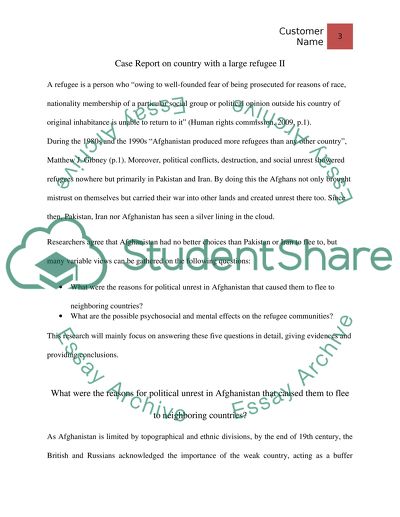Cite this document
(“Country with a Large Refugee - Afganistan Essay”, n.d.)
Retrieved from https://studentshare.org/environmental-studies/1413025-case-report-on-country-with-a-large-refugee
Retrieved from https://studentshare.org/environmental-studies/1413025-case-report-on-country-with-a-large-refugee
(Country With a Large Refugee - Afganistan Essay)
https://studentshare.org/environmental-studies/1413025-case-report-on-country-with-a-large-refugee.
https://studentshare.org/environmental-studies/1413025-case-report-on-country-with-a-large-refugee.
“Country With a Large Refugee - Afganistan Essay”, n.d. https://studentshare.org/environmental-studies/1413025-case-report-on-country-with-a-large-refugee.


